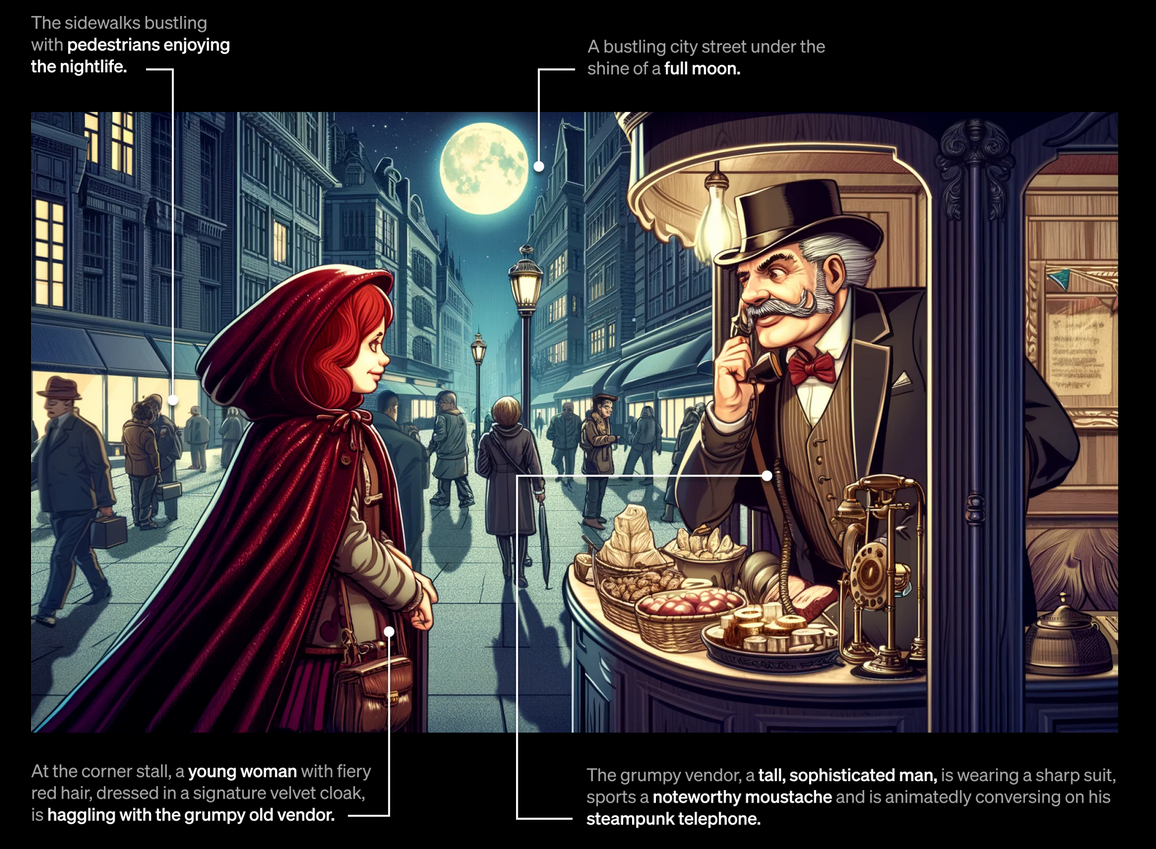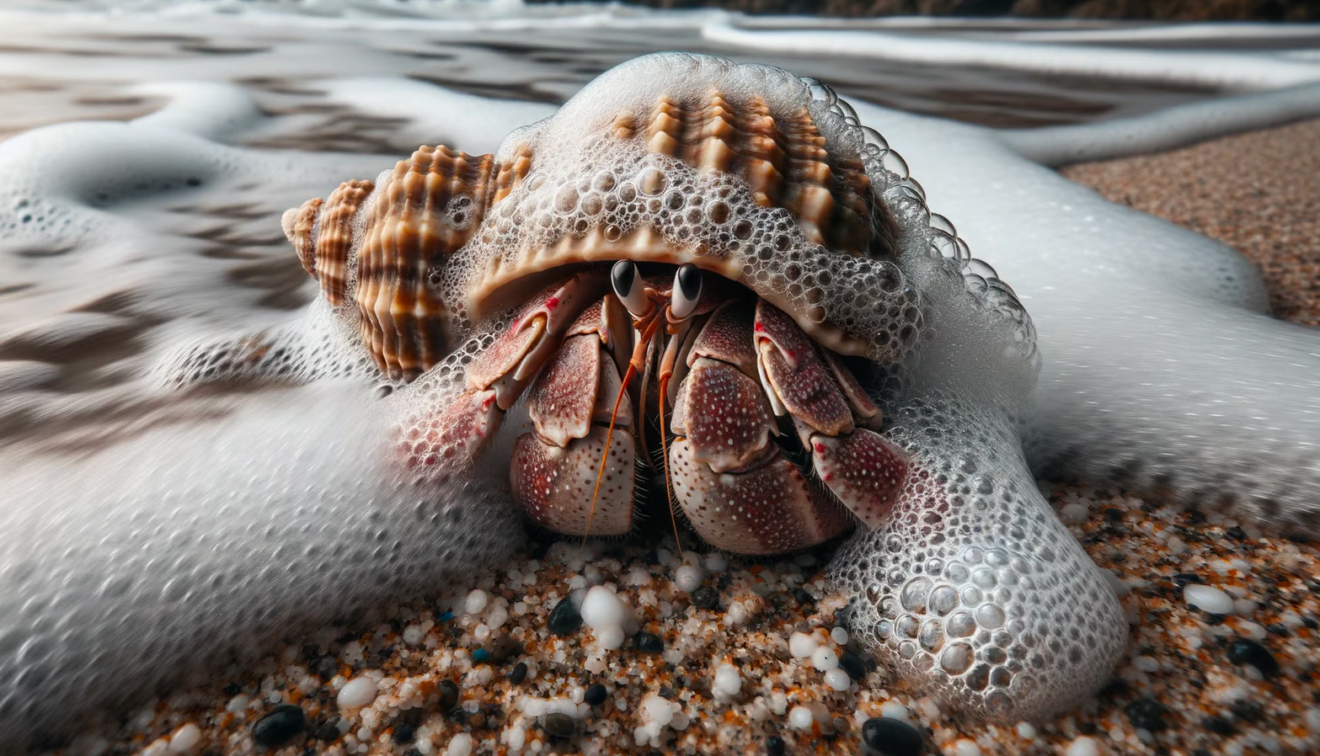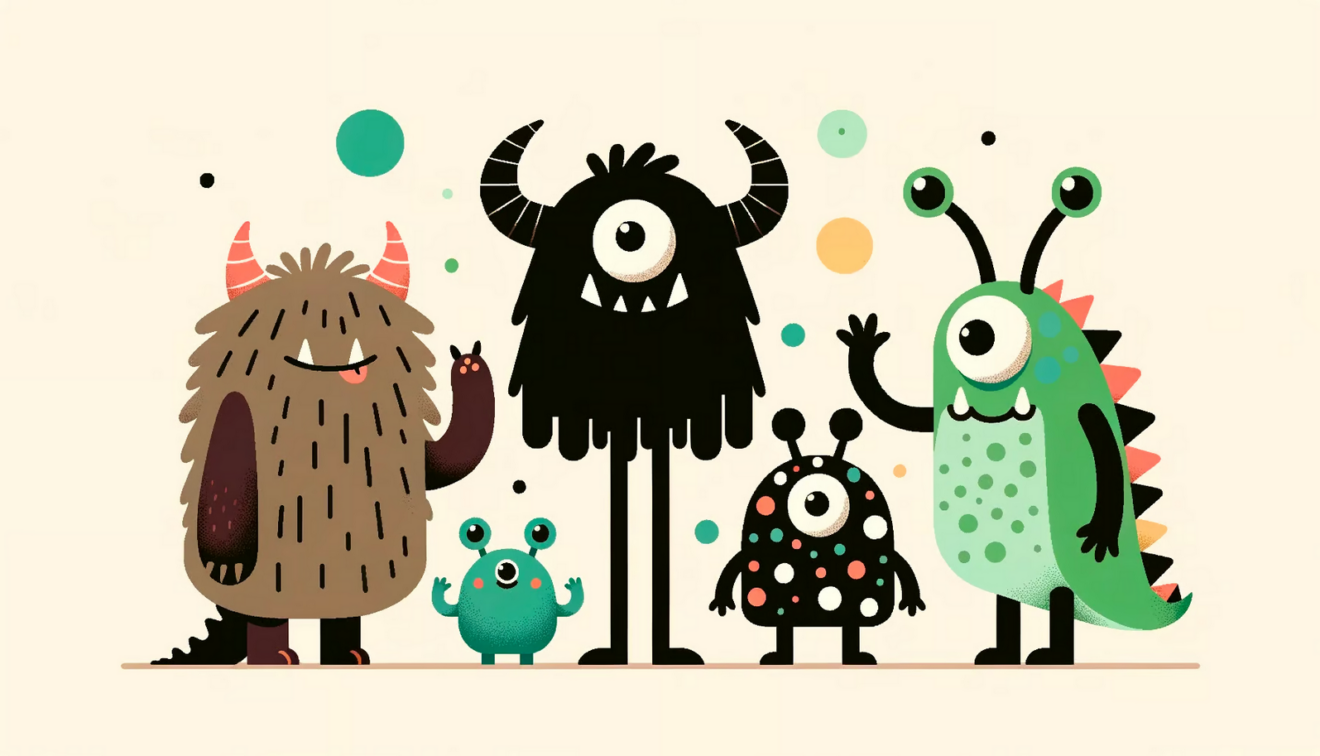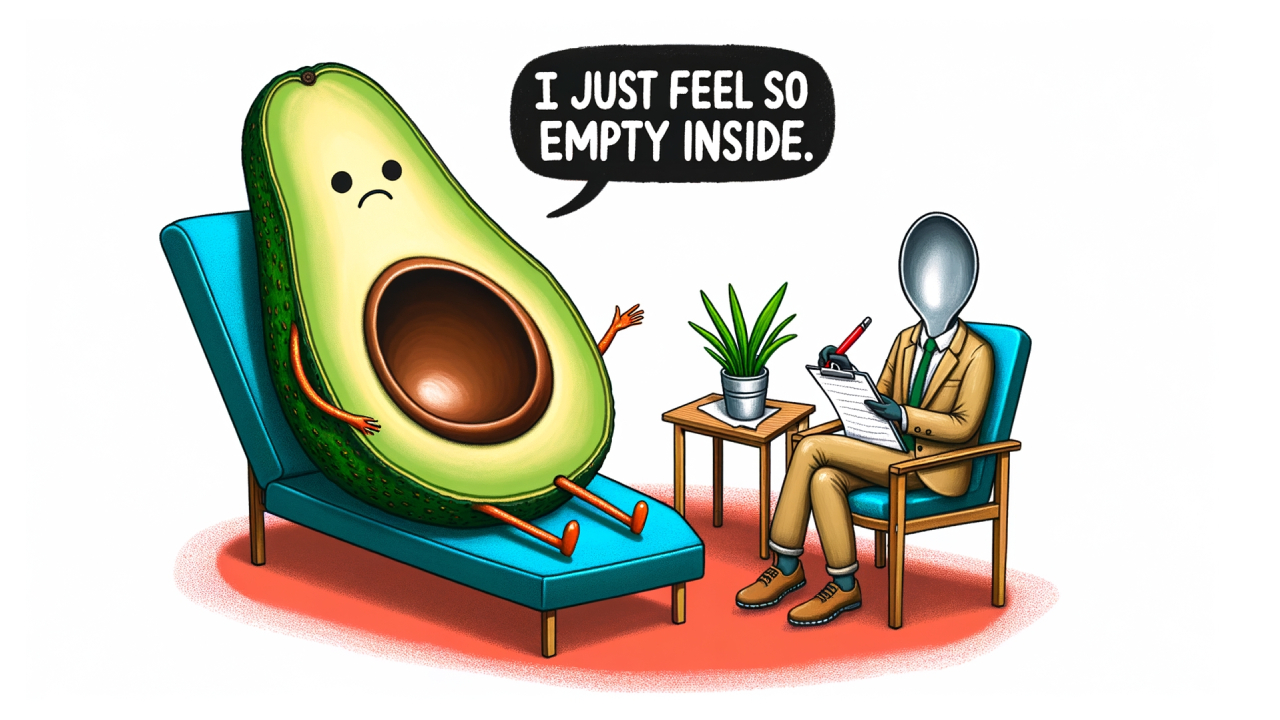- OpenAI has revealed DALL.E 3, its most advanced image-generating model yet.
- The new model responds better to prompts and can reproduce images that are “extremely detailed and accurate.”
- OpenAI says that DALL.E 3 won’t produce artwork in the style of living artists, or artists that choose to opt out of its training.
The creator of ChatGPT, OpenAI has announced its latest artificial intelligence (AI) image-generating software – DALL.E 3. The company’s most advanced text-to-image model yet which it claims can “translate nuanced requests into extremely detailed and accurate images.”
DALL.E 3 is now in research preview, says OpenAI in a blog post. The model will become available to ChatGPT Plus and Enterprise subscribers come October. This means that it can be accessed directly from ChatGPT.
OpenAI released some generated images to showcase the capabilities of the new AI tool, which represents a leap forward in the technology and a marked improvement over previous iteration DALL.E 2.
The company explains that many modern text-to-image systems like StableDiffusion or Midjourney tend to ignore words or descriptions in the prompts, which forces users to learn how to prompt – or what OpenAI calls “prompt engineering.”
DALL.E 3 makes it even easier to generate images because it adheres exactly to the prompt you provide.

Importantly OpenAI has improved the user safety and copyright protection systems. One of which is based on Creative Control, with the company explaining that DALL.E 3 is designed to decline requests for it to create images in the style of a living artist, and to ensure that even small or less known artists are protected, creators can write to the company to remove their artwork from DALL.E 3’s training data.
The company however does not specify it requests to replicate the style of dead artists will be denied too.
It will also apparently decline requests to reproduce images of public figures by name, images that are based on biases and negative stereotypes, and it is testing new technology which can detect when an AI image is generated in the hopes of mitigating misinformation online, something Google is also looking into with its DeepMind AI watermark.
OpenAI included some example images, and while the realistic generations are impressive, the most notable images are of highly detailed illustrations which are barely noticeably AI-created. What it boils down to is a graphic design machine, the easiest yet to use thanks to more accurate prompting, capable of producing professional quality illustrations in seconds.
With digital artists and designers already at odds with AI-generated images, it seems we’re getting even closer to the future many of them have feared. One where a human is overlooked because ChatGPT can do it faster, in higher quantities and for less money.




Images on this page generated with DALL.E 3.
[Image – OpenAI]

